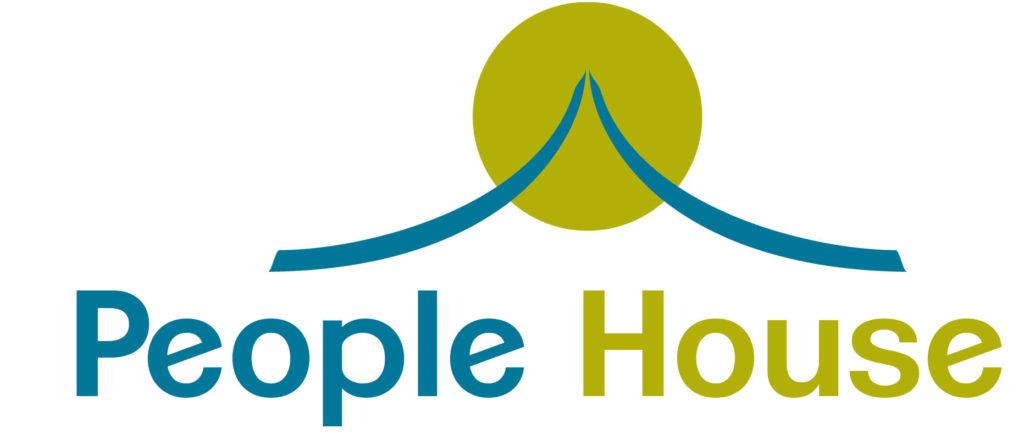Tracking in Therapy II By Marielle Grenade-Willis, MA, NCC, LPP
I recently attended an introductory training to the Hakomi method of therapy and was struck by the description of a skill that I often use during my sessions with clients: tracking. Our trainer, Melissa Grace, MA, CHT likened tracking during therapy to how trackers might observe evidence of animals or humans present in a certain environment—by searching for a footprint or scat. Tracking is a process of observation that makes the unconscious perception of nonverbal cues conscious for both client and therapist.
Mary Oliver is known to have said that paying attention is “our endless and proper work”. Tracking is part of a therapist’s “proper work” as it often elicits access into a client’s core beliefs and unconscious material more effectively than listening to a story’s contents. Some cues I might track for in a client are shifts in body movement, breathing, consciousness, emotion, skin tone, and speech pattern. These cues also offer signals about the client’s perceived level of safety with me during the session.
Deb Dana, LCSW, in her book, The Polyvagal Theory in Therapy, speaks to Dr. Porges’ definition of neuroception as “the way our autonomic nervous system scans for cues of safety, danger, and life-threat without involving the thinking parts of our brain” (p. 8). Neuroception seems to be intimately tied to how we may pick up on and track another person’s state without quite understanding how we know how they feel and how they affect how we feel about ourselves. Like sandhill cranes following seasonal patterns of light in the sky and the earth’s magnetic field to direct them to the Platte river on their migratory journey north , we also track ourselves, our interpersonal relationships, and our environment for clues on how to survive.
What does this mean for clients in therapy? Tracking can lead us into the important process of emotional wayfinding.
Wayfinding as described by the Polynesian Voyaging Society – Hōkūleʻa is the “[…] observations of the stars, the sun, the ocean swells, and other signs of nature for clues to direction and location of a vessel at sea”. In a culture where we are often sold on the Cartesian split of body and mind, it seems imperative to get back in touch with our internal GPS in order to assess what direction we are headed in any given moment. After establishing a safe and therapeutic relationship, some prompts or questions I might ask my clients are:
● Notice how your body feels when you talk about this (choice, memory, person, event, experience etc.).
● If you were to visualize yourself making this particular choice, how does your body respond?
● What in your awareness tells you that this is the right/wrong decision for you?
In her book, The Way of Integrity, Martha Beck speaks at length about listening to our “nature” rather than “culture” as a means to find our way back towards personal integrity. Tracking is a moment-by-moment assessment of what course is being charted. As Boyd K. Packer says, “Our lives are made up of thousands of everyday choices. Over the years these little choices will be bundled together and show clearly what we value.” Choosing to track our sensory awareness gives us clues about what we feel is most life-affirming or threatening to our everyday existence.
About Me
Marielle Grenade-Willis is a Core Practitioner at People House. Marielle works from a client-centered, experiential, narrative, and trauma-informed perspective with her individual clients. Prior to People House, she worked extensively in nonprofits focused on animal conservation, food access, and refugee welfare; and has had her poems read and published throughout the Front Range and beyond.
